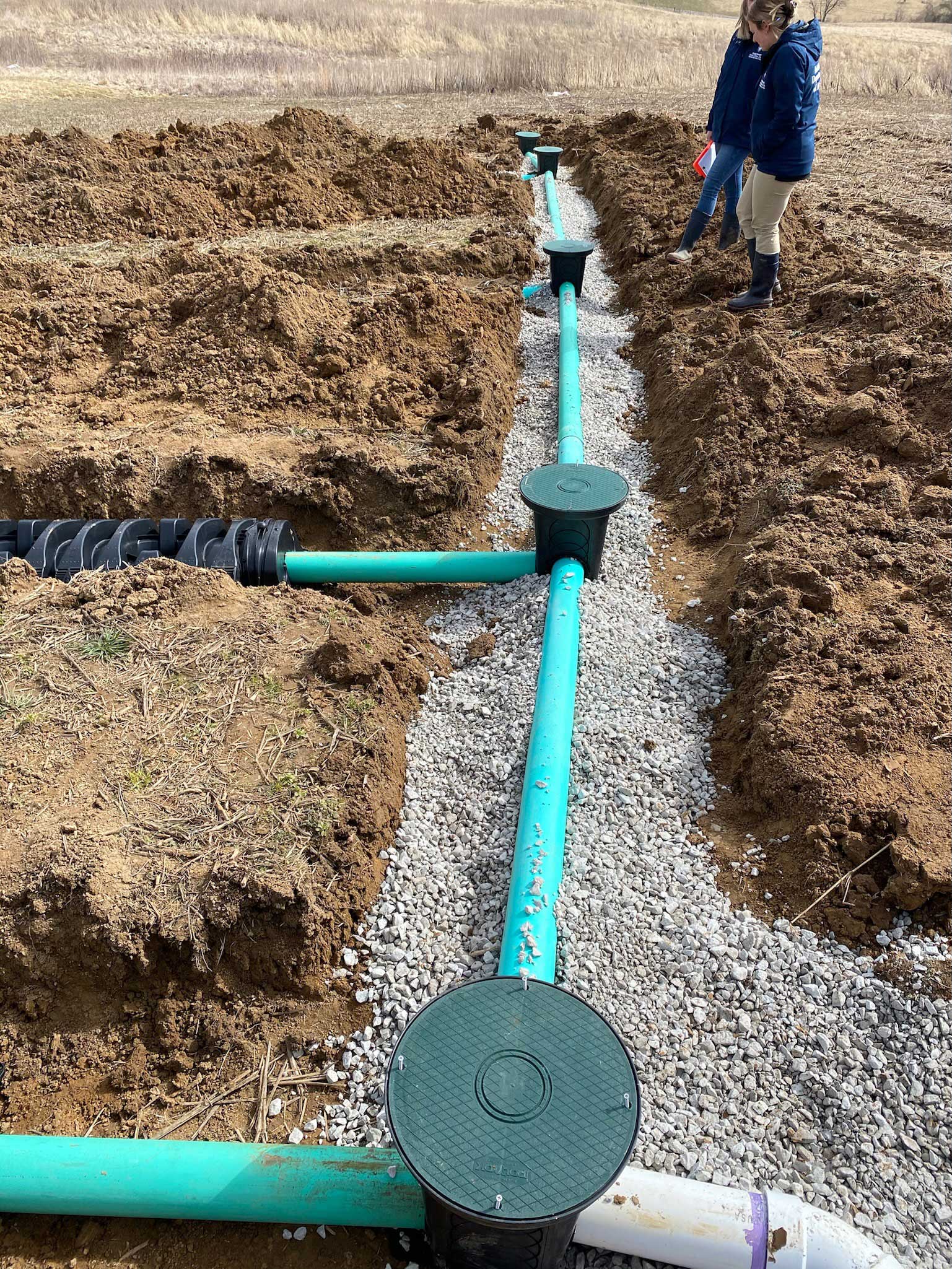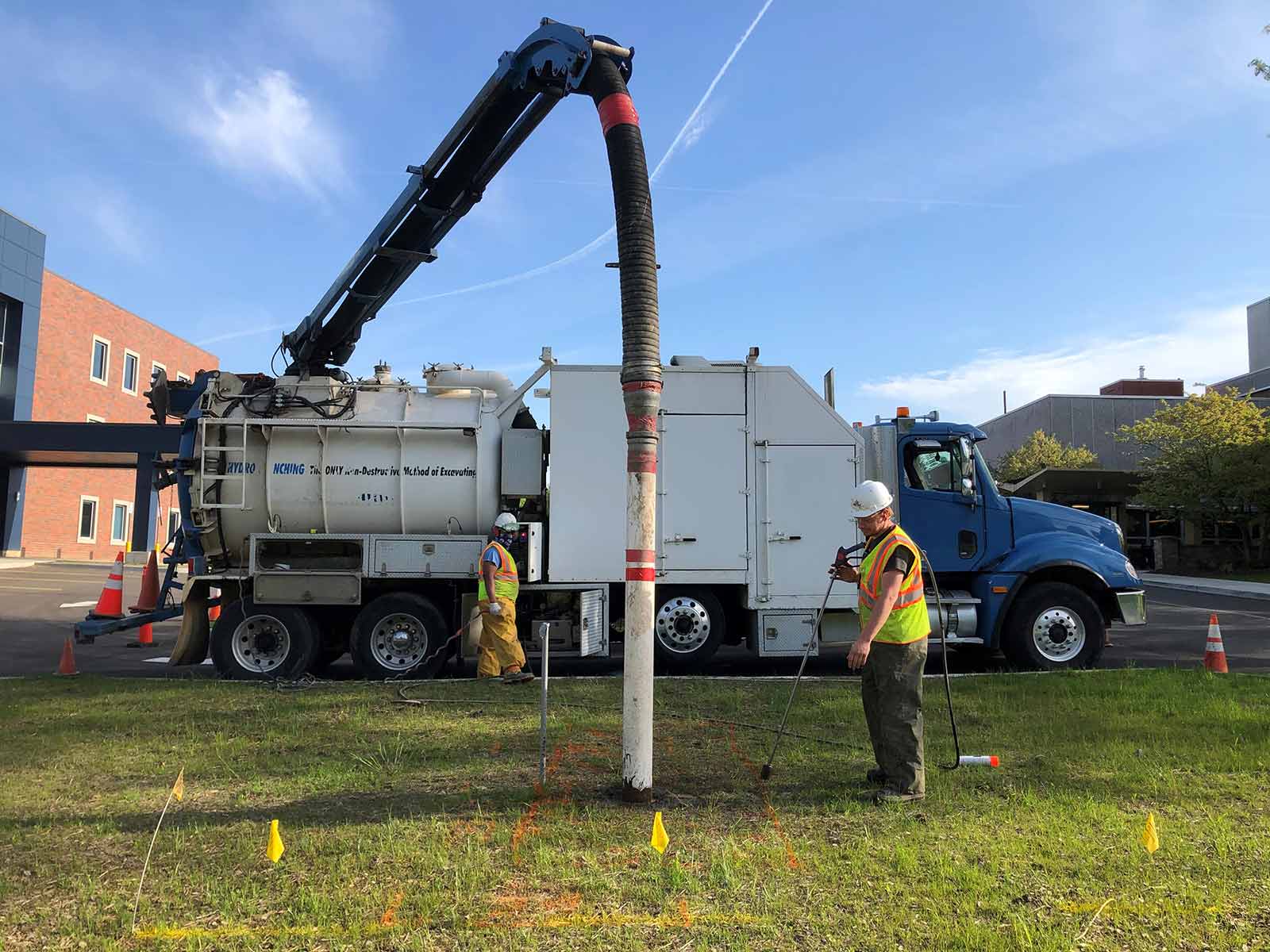Unveiling the Art of Excavation: Pro Tips for Safe and Efficient Excavating
In the realm of excavation, the mastery of secure and effective digging is an art type that needs precision, expertise, and adherence to recognized practices. As dirt is turned and earth is relocated, the details of excavation disclose themselves, requiring a keen understanding of tools, soil structure, safety protocols, and environmental considerations. The experience required to navigate these components effectively can imply the distinction between an effective excavation project and a potential catastrophe. By unraveling the layers of this detailed procedure, a globe of insights and methods awaits those looking for to raise their excavation skills to brand-new elevations.
Value of Proper Equipment
To make sure the security and performance of any excavation job, utilizing the proper tools is vital. Excavation jobs vary in extent and complexity, ranging from small residential landscaping work to large-scale building tasks.
These flexible devices come in numerous sizes to suit various job requirements. Miniature excavators are ideal for smaller sized jobs, while bigger excavators take on much more extensive projects successfully.
Excavators stand out in jobs that call for pressing huge amounts of dirt or debris. By spending in the suitable tools, excavation jobs can be finished safely, on time, and with accuracy.
Understanding Soil Make-up
An extensive understanding of dirt composition is essential for implementing excavation projects with precision and security. Recognizing the different kinds of dirt is essential as it directly influences excavation approaches, equipment choice, and overall project effectiveness. Dirt composition normally includes 4 major components: sand, silt, clay, and raw material. Each part has one-of-a-kind residential properties that affect how soil reacts to excavation processes.
Sand particles are the largest and provide good water drainage yet provide little cohesion. Silt particles are smaller than sand however larger than clay, offering modest drainage and communication. Clay particles are the smallest and offer high cohesion yet poor drainage. Raw material, such as decaying plant product, affects dirt fertility and security.
Before commencing excavation, conducting soil examinations to identify its composition and qualities is important. This information assists in choosing the ideal equipment, implementing precaution, and developing excavation methods customized to the details dirt conditions - dump truck companies in ohio. By comprehending soil composition, excavation professionals can enhance task outcomes while ensuring safety and adherence to ideal practices
Precaution and Methods
Recognizing soil structure is the foundation whereupon precaution and procedures for excavation tasks are constructed, guaranteeing the well-being of workers and the success of the venture. There are several essential procedures that must be carried out to mitigate risks and protect against crashes. when it comes to security throughout excavation.
Most importantly, before any type of excavating begins, an extensive inspection of the site ought to be conducted to determine any potential threats such as below ground utilities, unstable soil problems, or neighboring structures that can pose a threat. It is important to have an experienced individual manage the excavation procedure to guarantee that all security procedures are followed purely.
In addition, all workers included in the excavation must be correctly trained in safe excavating techniques and the proper operation of devices. By adhering to these security actions and protocols, excavation projects can be finished efficiently and without case.
Reliable Excavation Planning
When starting an excavation job, careful planning is necessary to make certain performance, safety and security, and successful end results. Reliable excavation preparation why not find out more includes numerous vital steps that are vital for the smooth implementation of the job. The initial step is to carry out a thorough website analysis to determine any kind of prospective threats, such as underground utilities or unsteady dirt conditions. This details is vital for developing a comprehensive excavation strategy that consists of precaution and risk reduction strategies.
When the website analysis is total, the following step is to develop a clear timeline and timetable for the excavation activities. This includes identifying the series of tasks, equipment needs, and workforce appropriation. Correct organizing aids avoid delays and makes sure that the project remains on track.

Furthermore, communication among all group members is paramount during the planning phase. Clear instructions, normal updates, and efficient control are essential for an effective excavation project. By investing effort and time in meticulous preparation, excavation teams can significantly enhance efficiency, lessen risks, and accomplish effective results.

Taking Care Of Environmental Factors To Consider
With increasing emphasis on ecological sustainability in building and construction techniques, managing ecological factors to consider has come to be an essential aspect of excavation projects. Excavation tasks have the possible to impact the surrounding setting via dirt disintegration, sediment overflow, environment interruption, and contamination of water sources. To minimize these dangers, it is necessary to apply best methods that prioritize environmental management.

Moreover, appropriate waste monitoring is vital to avoid soil and water contamination. Carrying out procedures for the disposal of dangerous materials, recycling of their explanation waste materials, and minimizing the usage of harmful chemicals can substantially minimize the environmental effect of excavation projects. By integrating these techniques into excavation planning and execution, building and construction firms can make sure that their jobs are not just risk-free and effective yet likewise ecologically accountable.
Conclusion
Finally, understanding the art of excavation needs a thorough understanding of appropriate devices, dirt composition, safety and security actions, and effective preparation. By complying with these guidelines and taking into consideration environmental variables, excavations can be carried out safely and successfully. It is essential to prioritize safety and security and efficiency in every digging project to guarantee effective end results.
As soil is transformed and earth is moved, the ins and outs of excavation reveal themselves, requiring an eager understanding of devices, dirt make-up, safety and security procedures, and ecological factors to consider.To ensure the safety and security and performance of any type of excavation job, making use of the ideal equipment is critical.A comprehensive grasp of soil make-up is essential for executing excavation tasks with precision and security. Understanding the different look at here now kinds of dirt is vital as it directly impacts excavation approaches, devices choice, and general project performance. By understanding soil structure, excavation specialists can boost job results while making certain safety and security and adherence to ideal techniques.